Fishery and aquaculture silage production, collection, logistics all improving
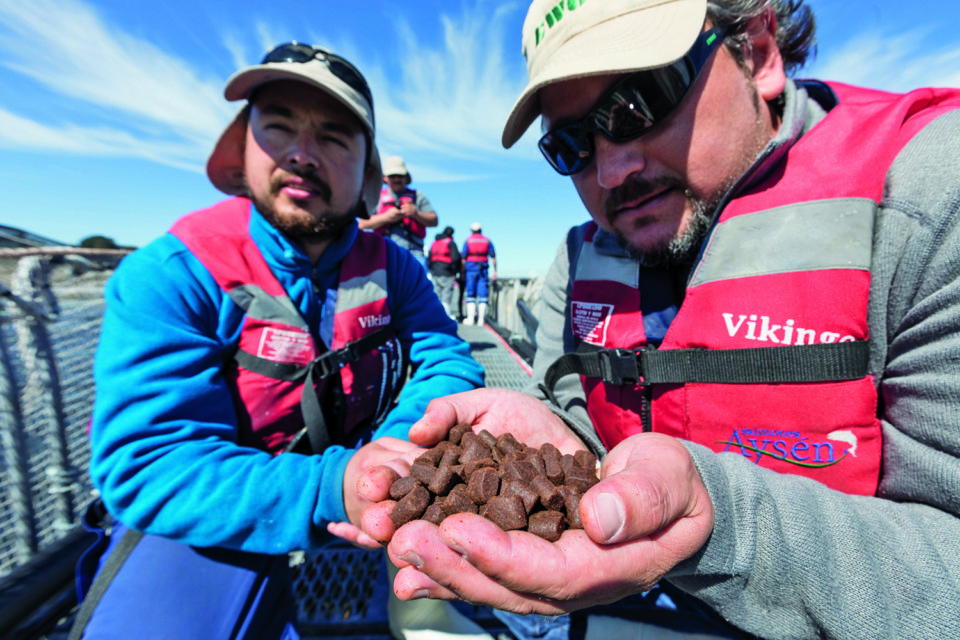
Increased use of fish trimmings and byproducts in fishmeal and fish oil is an aquaculture win-win-win: a boost to the bottom line, improved sustainability and less – potentially much less – pressure on wild fish stocks. But challenges loom, including logistics and economics.
There is cause for optimism that solutions will be found for these and other issues. In part, this belief arises from improvements already seen.
“Currently about 33 percent of total raw material used annually for fishmeal and fish oil comes from fisheries and aquaculture byproduct. The trend is for increasing utilization,” said Neil Auchterlonie, technical director at IFFO, the Marine Ingredients Organisation.
In 2010, IFFO conducted a survey that put byproduct utilization at 25 percent. One reason behind the surge in usage over the last few years is better collection efforts of heads, guts, frames and other filleting waste, Auchterlonie said.
Data from feed suppliers tracks this improvement, although what can ultimately be achieved varies by species. Dave Robb, sustainability manager at Cargill Aqua Nutrition, noted that byproducts contain amino acids, oils, vitamins and minerals – all nutrients fish need. At the same time, byproducts also have a significant portion of bone, as well as higher ash and slightly lower protein than whole fishmeal.
“As a result, for diets with high nutrient densities, such as salmon feeds, we limit the amount of trimmings meal we can use – although the oil can be used freely,” Robb said. “For feeds with lower nutrient densities, such as some of the tropical freshwater fish farmed in large numbers, we are able to replace forage fish with marine byproducts completely. This enables us to reduce the pressure on local forage fisheries.”
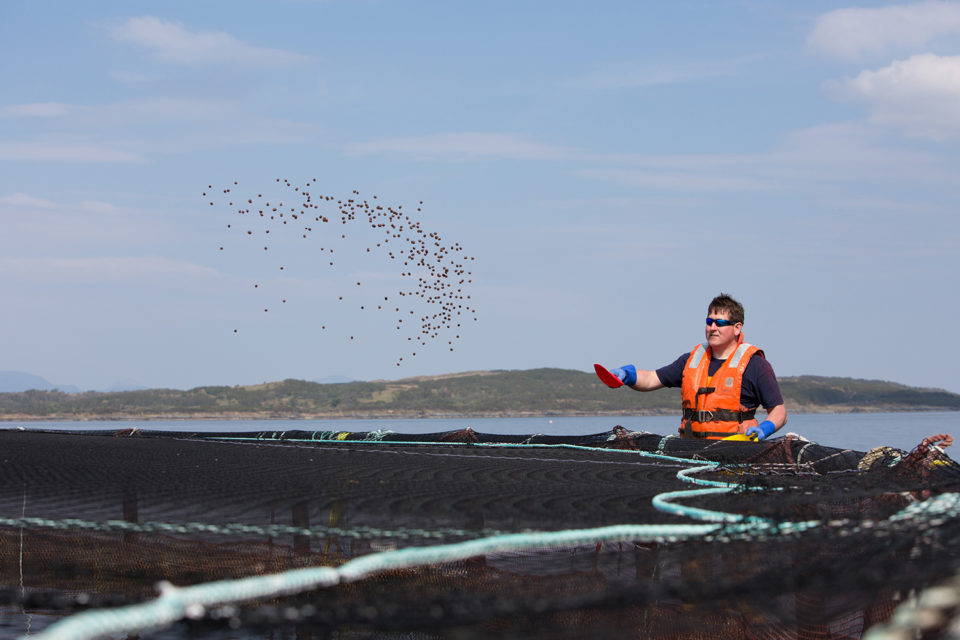
This decrease on fish stocks can be particularly beneficial in those instances where fisheries are not currently managed sustainably. In the future, byproducts may cut the need for forage fish even further, perhaps significantly.
Michael Tlusty, associate professor of sustainability and food solutions at the University of Massachusetts at Boston, is overseeing a prize competition on feeds, the F3 Challenge. He reported innovations that can help ensure non-fish products are available for food.
“These will then be used with trimmings to provide feed without direct harvest of wild fish,” Tlusty said.
Progress in this and other byproduct use still faces some significant hurdles, however. Tlusty noted, for instance, there are many restaurants and small processors that cut fish and produce waste. Collecting byproducts from such scattered locations is difficult and likely not a viable business. Until that situation changes by, for example, the development of a small and economical rendering technology, those byproducts will be lost.
What’s more, merely collecting byproduct is not enough.
“The main challenge in obtaining these products is securing material which has retained its nutritional value and has not started to oxidize. The ability to do this has limited the total volume available and also resulted in seasonal fluctuations in the supply,” said Jeff Kazin, global director of risk management at Cargill Aqua Nutrition.
One consequence in the past is that the byproducts that did show up might not be fit for processing. To help overcome this problem, Cargill made strategic investments with some suppliers to encourage better byproduct capture and processing, Kazin said.
Collection and quality are also a concern also at IFFO. Byproducts must be treated like items intended for human consumption, which means rapid transport, on the spot rendering, cooling or other appropriate actions.
Auchterlonie said that quality byproduct procurement has been helped by such technological innovations as the inclusion of fishmeal plants on fishing or processing vessels for some of the major wild fish species. In the quality department, he added, aquaculture has an edge.
“Aquaculture byproduct tends to be easy to collect, maintained at low temperature and is more straightforward overall than collection of fisheries byproducts,” Auchterlonie said.
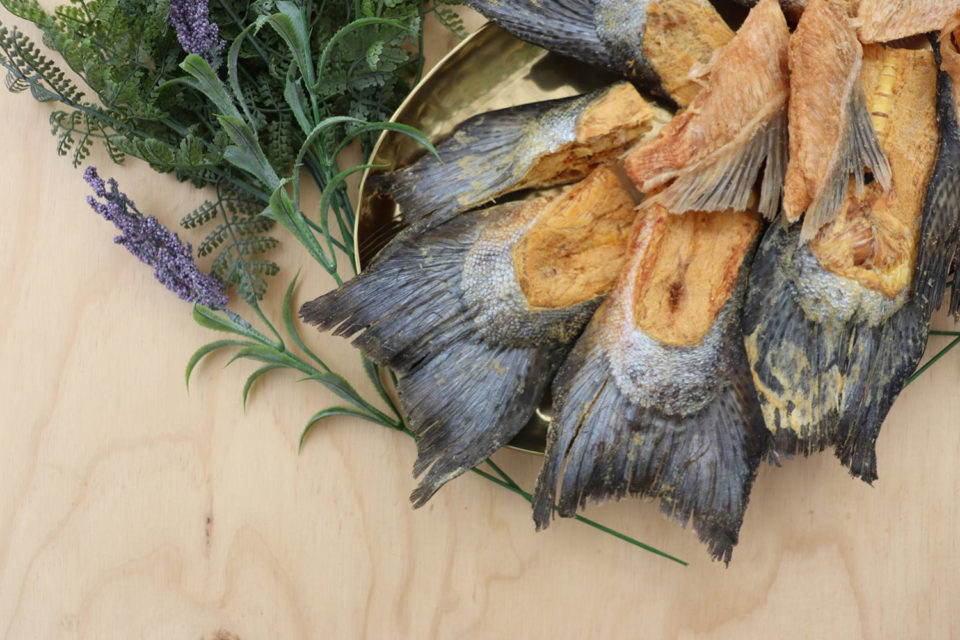
Byproduct processing not only improves sustainability but could also help the bottom line, according to Julien Stevens. Now an aquaculture team leader at New Zealand King Salmon, Stevens was part of a team at the University of Stirling in Scotland that studied the rising use of aquaculture byproducts. The investigators found that recognizing the value in what had been considered waste lead to better results – especially when this consideration was integral from the beginning.
“What we found in the research is companies that really designed their processing flow with full use of the byproduct in mind tended to make the most money off those byproducts,” Stevens said.
Stevens noted that some companies paid to get rid of their waste while others made money off these byproducts. Eventually, those firms that get more value out of their product could prove more successful in the marketplace, he said.
There is a final possible benefit: improved employee satisfaction from working for an eco-friendly company. Stevens, for instance, is passionate about not wasting resources, and that is one reason why after completing his studies at the University of Stirling that he chose to work at New Zealand King Salmon.
“They really recognize the value of using the whole fish,” he said.
Follow the Advocate on Twitter @GAA_Advocate
Now that you've reached the end of the article ...
… please consider supporting GSA’s mission to advance responsible seafood practices through education, advocacy and third-party assurances. The Advocate aims to document the evolution of responsible seafood practices and share the expansive knowledge of our vast network of contributors.
By becoming a Global Seafood Alliance member, you’re ensuring that all of the pre-competitive work we do through member benefits, resources and events can continue. Individual membership costs just $50 a year.
Not a GSA member? Join us.
Author
-

Hank Hogan
Hank Hogan is a freelance writer based in Reno, Nevada, who covers science and technology. His work has appeared in publications ranging from Boy’s Life to New Scientist.
[109,111,99,46,110,97,103,111,104,107,110,97,104,64,107,110,97,104]
Tagged With
Related Posts
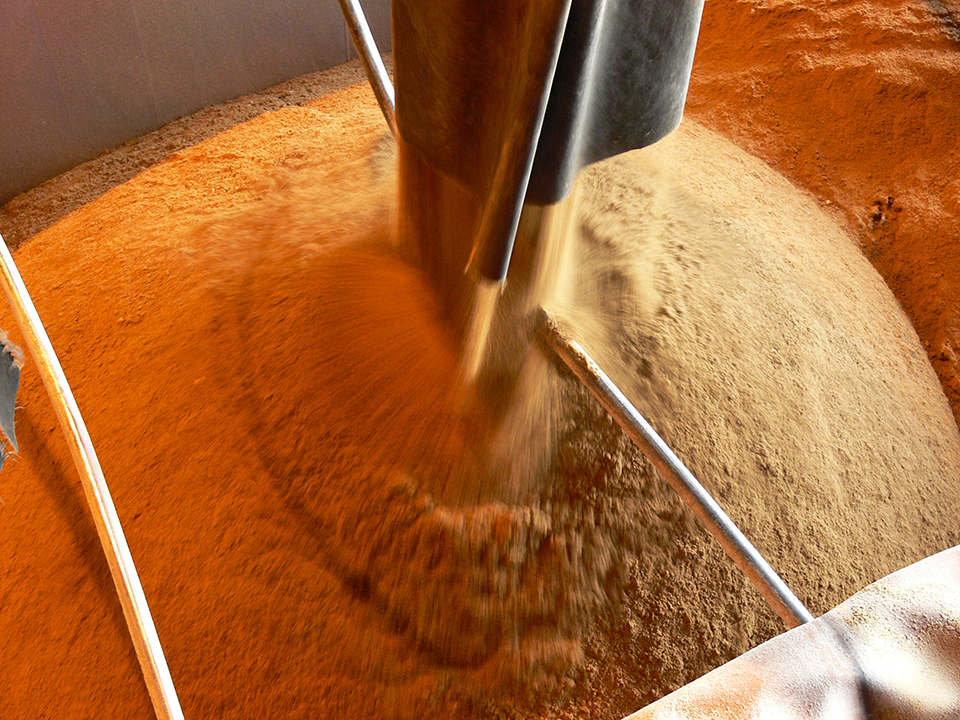
Aquafeeds
Animal byproducts can provide cholesterol for shrimp feed
Animal byproducts like blood meal, meat and bone meal and other rendered products are good sources of cholesterol for use in aquaculture feed.
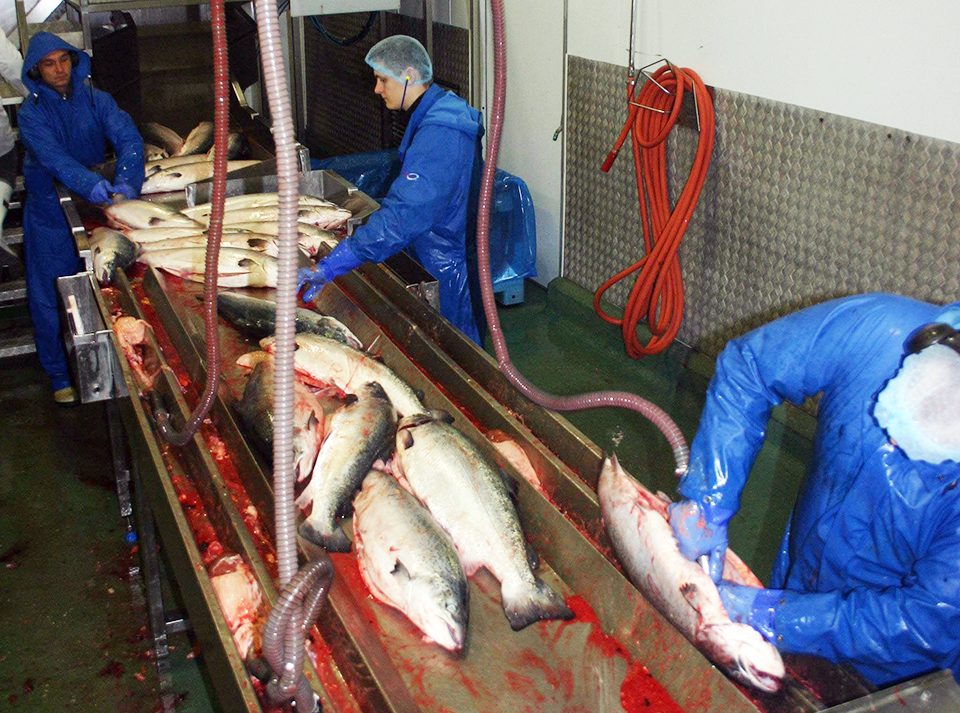
Responsibility
Aquaculture byproducts improve sustainability of seafood value chains
Tons of aquaculture byproducts are available as sources for fishmeal and fish oil to supplement the supplies obtained from fisheries. Innovative technologies are supporting more efficient use of these by-products in aquafeed.
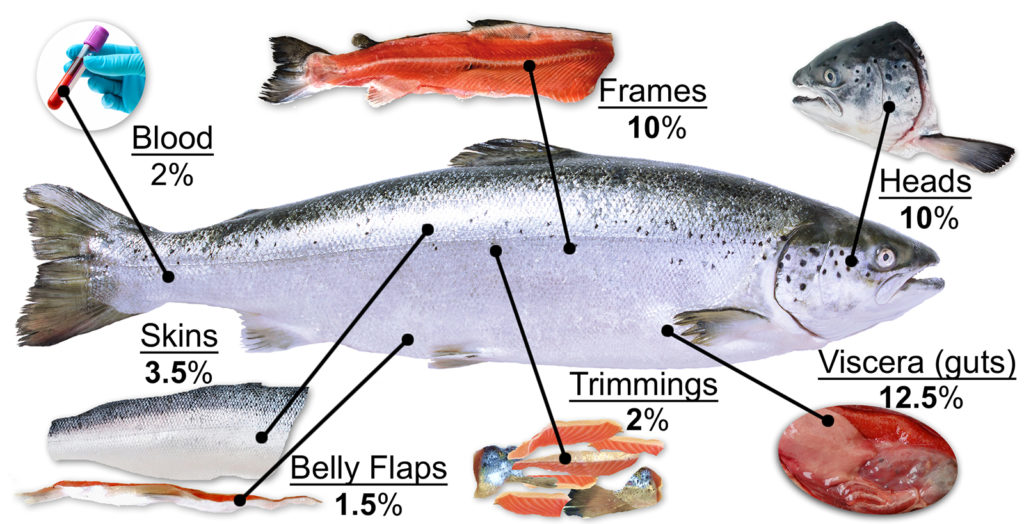
Aquafeeds
It takes guts to advance sustainability in aquaculture
With byproducts representing between 25 to 50 percent of the weight of various fish species, we need to be looking at how the entire fish is being used: even the heads, guts and skin.
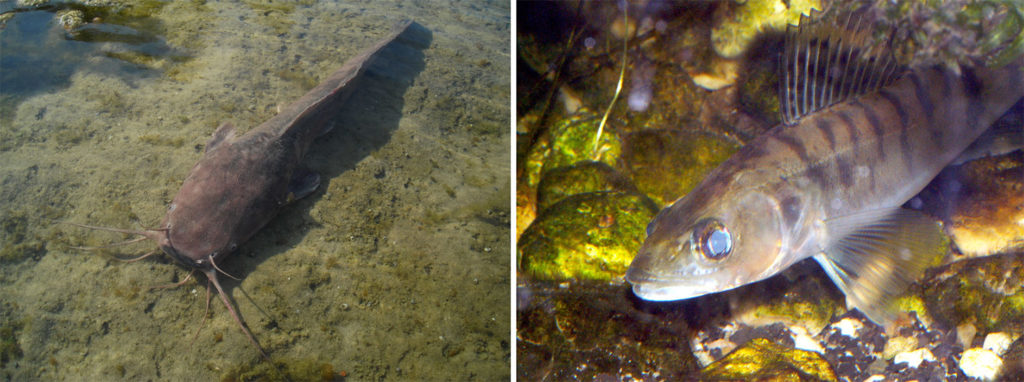
Responsibility
Integrated utilization of microalgae grown in aquaculture wastewater
A study shows that wastewater from recirculating aquaculture systems is suitable for microalgal cultivation and that sludge amendment to the wastewater increases production.

